TIDT311 October 2022
3.1 Switching
Switching behavior is shown in the following figures.
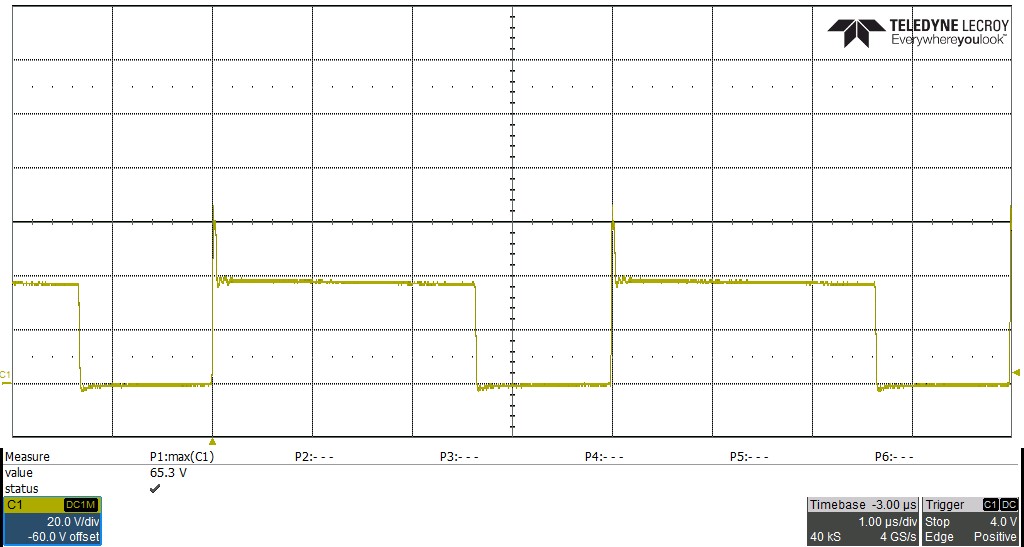 Figure 3-1 Voltage Drain-to-Source, Q6,
37-V Input, 2.5-A Load, Measured 65.3-V Vpeak
Figure 3-1 Voltage Drain-to-Source, Q6,
37-V Input, 2.5-A Load, Measured 65.3-V Vpeak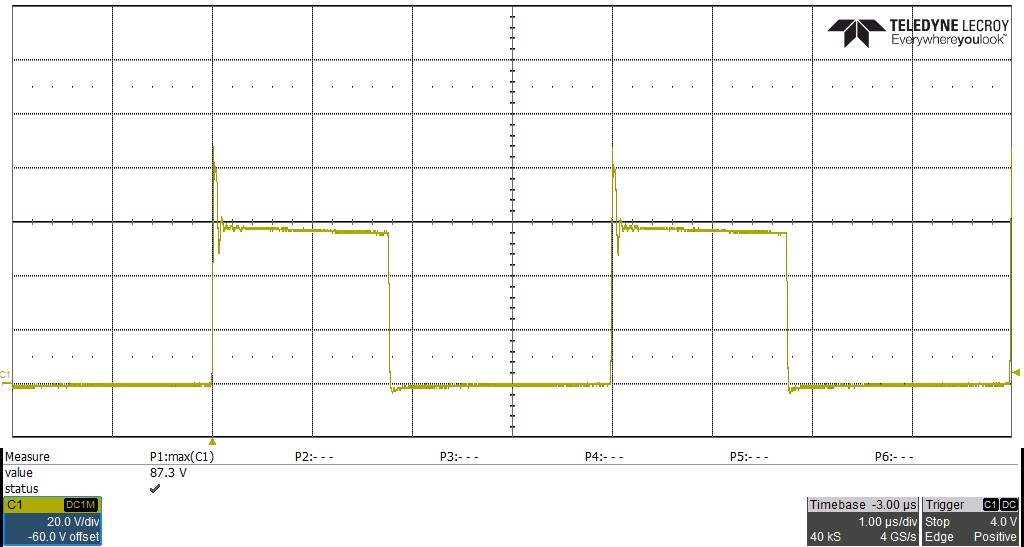 Figure 3-2 Voltage Drain-to-Source, Q6,
57-V Input, 2.5-A Load, Measured 87.3-V Vpeak
Figure 3-2 Voltage Drain-to-Source, Q6,
57-V Input, 2.5-A Load, Measured 87.3-V Vpeak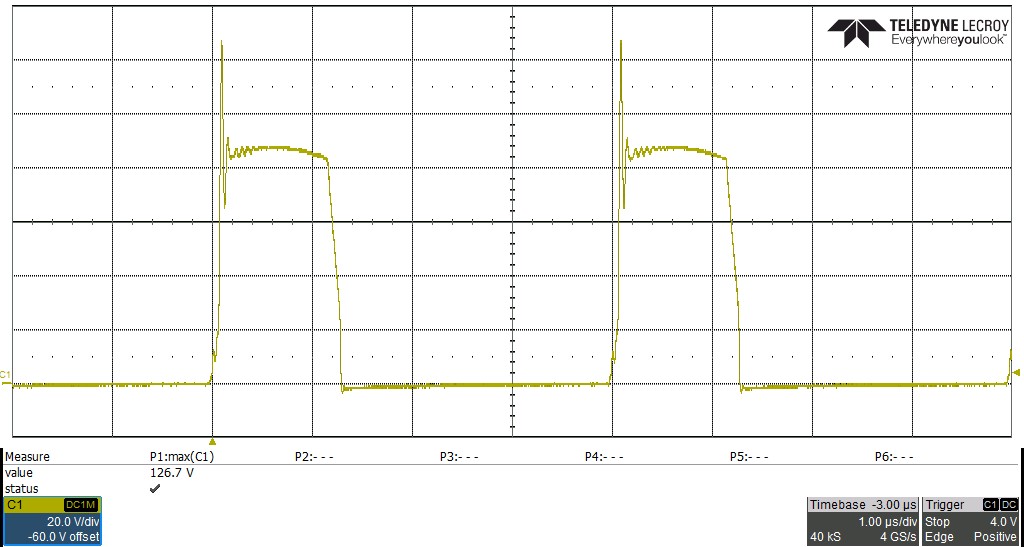 Figure 3-3 Voltage Drain-to-Source, Q8,
37-V Input, 2.5-A Load, Measured 126.7-V Vpeak
Figure 3-3 Voltage Drain-to-Source, Q8,
37-V Input, 2.5-A Load, Measured 126.7-V Vpeak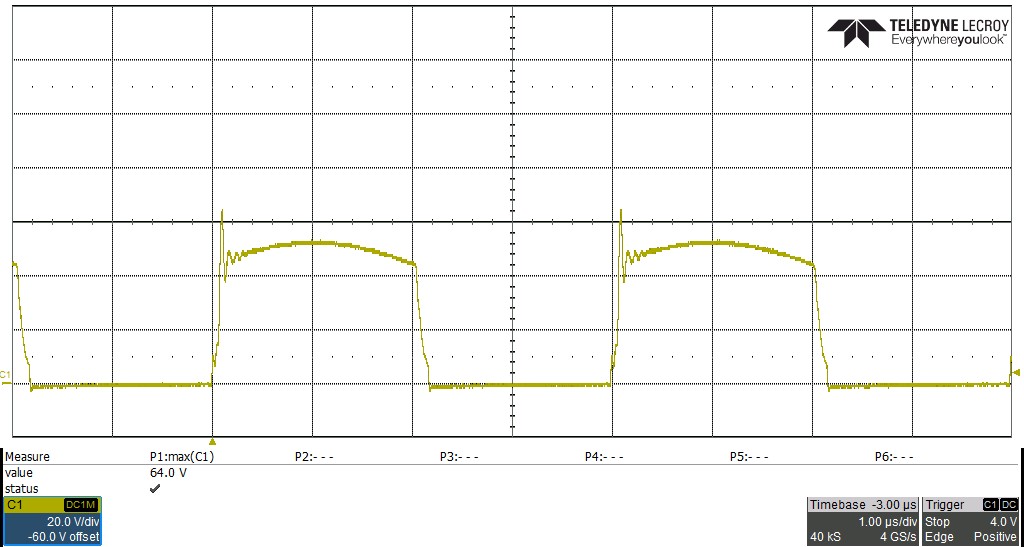 Figure 3-4 Voltage Drain-to-Source, Q8,
57-V Input, 2.5-A Load, Measured 64.0-V Vpeak
Figure 3-4 Voltage Drain-to-Source, Q8,
57-V Input, 2.5-A Load, Measured 64.0-V Vpeak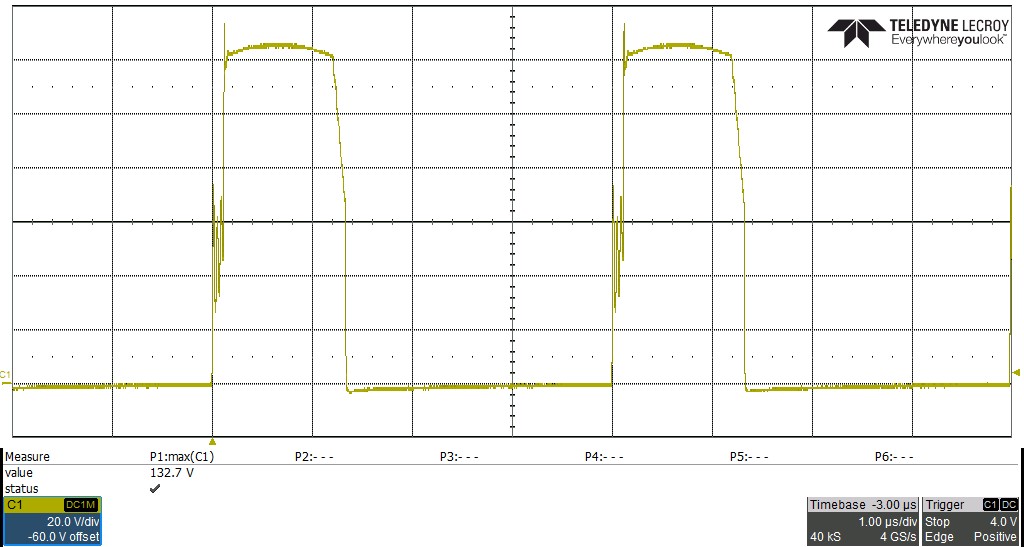 Figure 3-5 Voltage Drain-to-Source, Q10, 37-V Input,
2.5-A Load, Measured 132.7-V Vpeak
Figure 3-5 Voltage Drain-to-Source, Q10, 37-V Input,
2.5-A Load, Measured 132.7-V Vpeak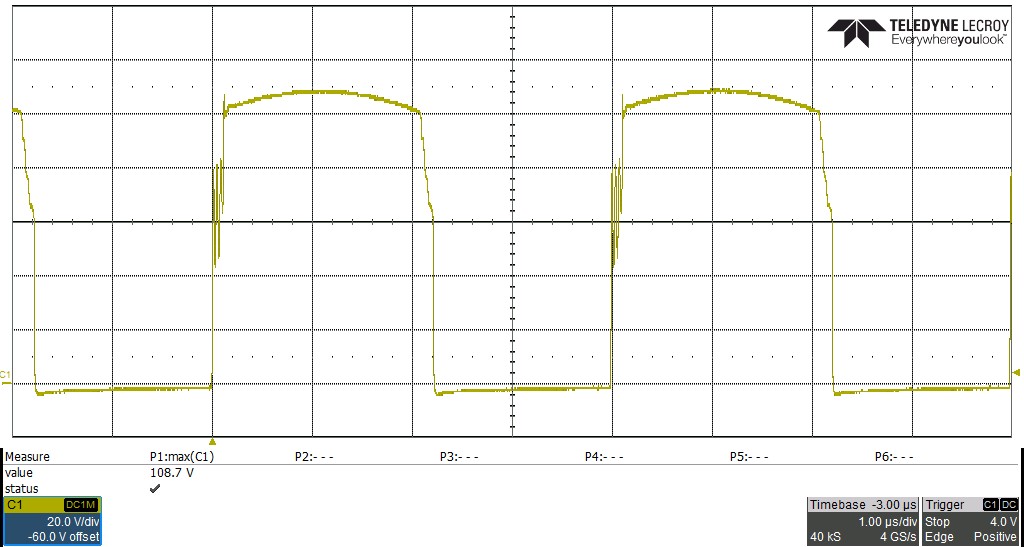 Figure 3-6 Voltage Drain-to-Source, Q10, 57-V Input,
2.5-A Load, Measured 108.7-V Vpeak
Figure 3-6 Voltage Drain-to-Source, Q10, 57-V Input,
2.5-A Load, Measured 108.7-V Vpeak